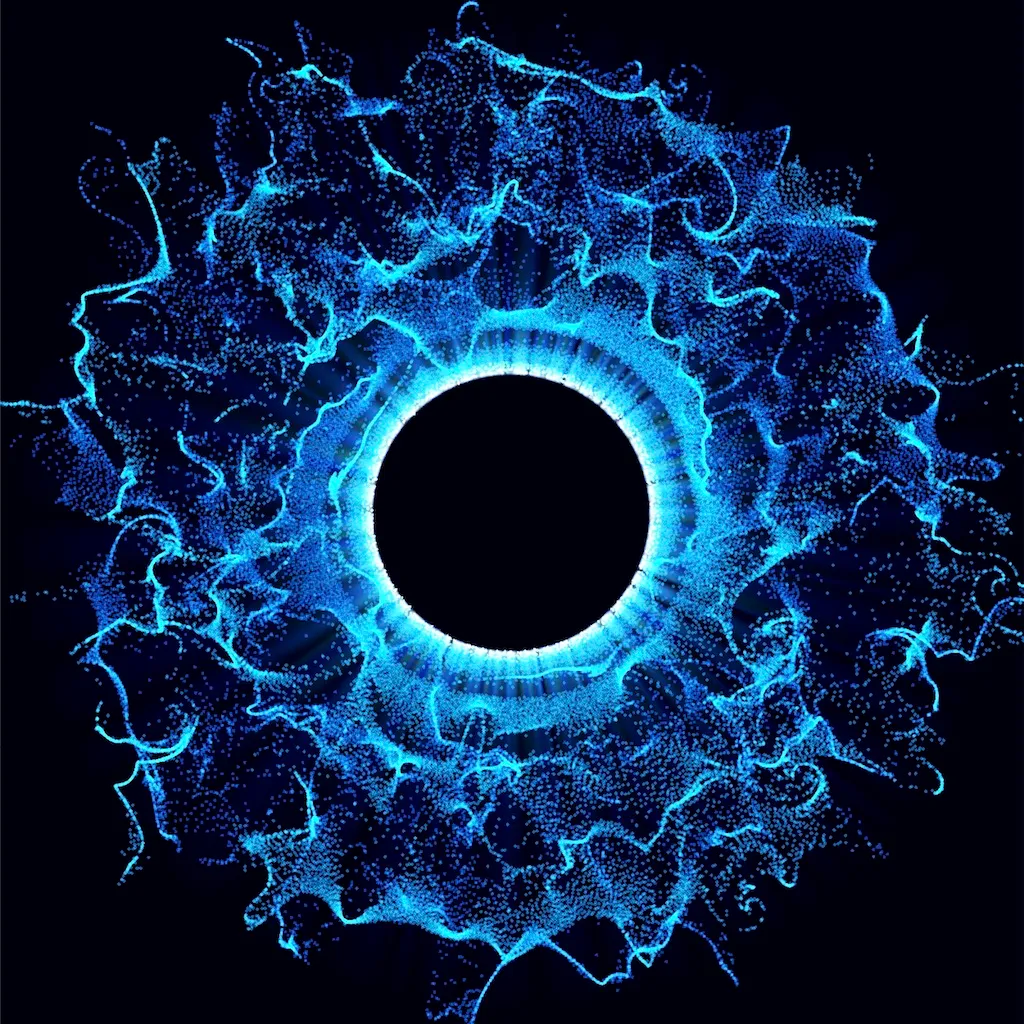Popular science routinely compresses sophisticated theory into digestible fragments for mass audiences. The result is an appeal to consensus rather than an invitation to inquiry. When Rupert Sheldrake proposes morphic resonance he is not adding mysticism to biology; he is asking whether dynamic correlation can persist without a local carrier. That conjecture reminds us that objectivity is a working assumption, not an axiom.
Holographic Reality
Gerard 't Hooft and Leonard Susskind transformed the holographic principle from heuristic to quantitative statement: the maximum information in any finite volume is proportional to the surface area that encloses it, measured in Planck units. Michael Talbot popularised the idea by extending it to consciousness. If every degree of freedom inside a region is encoded on its boundary, then experience itself may be a read out of boundary data. Consciousness becomes a class of informational state that monitors and modifies its own code. The putative simulation is therefore identical with physical law; there is no second realm, only the mapping between bulk phenomena and boundary description.
Black Hole Recursion
A black hole is the empirical test bed of the holographic claim. Bekenstein entropy scales with horizon area, not interior volume, and Hawking radiation suggests that the encoded bits can leak back into the observable universe. The AdS CFT correspondence strengthens the claim by providing an explicit duality between a gravity theory in bulk and a quantum field theory on the boundary. From that vantage a black hole is not a singular object but a conduit that translates bulk dynamics into boundary evolution. To say we live in a black hole is shorthand for noting that our cosmological horizon may function as a boundary with identical bookkeeping.
Simulation as Epistemic Limit
If the holographic mapping is exact, ordinary existence already has the structure of a simulation. The relevant question is not whether we are inside a programmed environment but whether the map boundary relation is computable in principle. Present evidence shows no violation of algorithmic completeness. Thus escaping the simulation is a category error; one would merely relocate to another description of the same ontology.
Conclusion
The convergence of information theory, quantum gravity, and cosmology indicates that reality is best construed as an informational manifold constrained by boundary conditions. Black holes clarify the bookkeeping, Sheldrake's resonance reminds us that correlation can outrun local mechanism, and the simulation metaphor captures the epistemic horizon that separates description from generator. Whether a transcendent agent exists is an open metaphysical question, but its ignorance or indifference is irrelevant to the integrity of the code we inhabit. Our task remains the same: refine the map until its predictive density approaches the limit set by the boundary itself.
